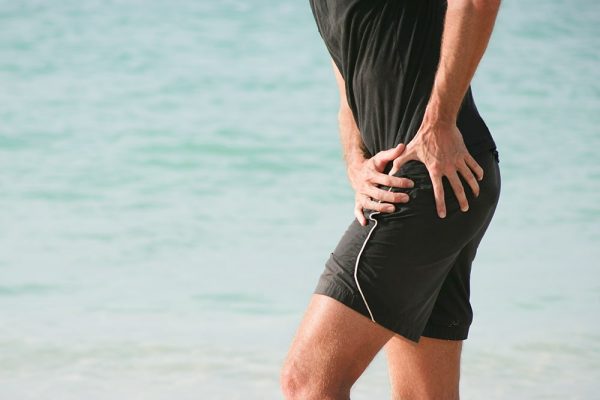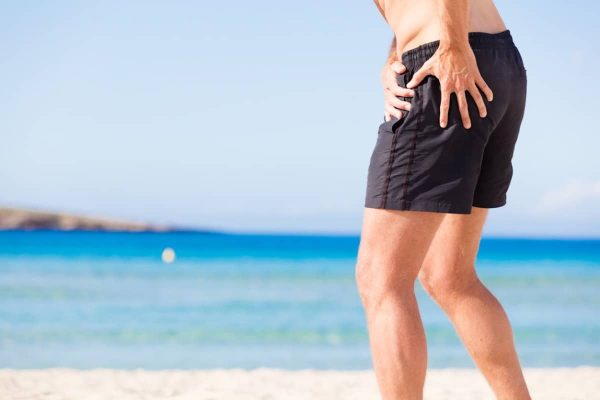
Greater trochanteric pain syndrome (GTPS) is a condition that affects many individuals, especially women. It is characterized by pain in the outer hip or buttock region and can be caused by various factors such as muscle tears, bursitis, or tendinitis. One of the questions that clients with GTPS often ask is whether their pain worsens at night. In this blog post, we will explore whether GTPS hurts more at night and what you can do to manage your symptoms.
There are different reasons why people with GTPS may experience more pain at night. For some individuals, lying down on the affected hip can increase pressure on the inflamed tissues and exacerbate their symptoms, while some people may experience greater trochanteric pain syndrome pain constantly. Additionally, changes in body position during sleep can cause muscles to tighten or contract involuntarily, leading to discomfort in the hip area. Poor sleeping posture may also contribute to increased pain levels.
However, it is important to note that not all individuals with GTPS experience worse pain at night. Some people may find that their symptoms are more severe during the day when they are more active. The nature and severity of GTPS symptoms vary from person to person and depend on various factors such as the underlying cause of the condition and individual lifestyle habits.
As a client with GTPS, there are several things you can do to manage your symptoms and improve your sleep quality. First, try sleeping on your unaffected side to reduce pressure on the painful hip area. You can also place a pillow between your knees for added support and comfort. Practicing good sleep hygiene habits such as avoiding caffeine intake before bedtime and establishing a regular sleep routine can also help improve your sleep quality.
Visiting a physiotherapist or chiropractor may also be beneficial for managing GTPS symptoms. These healthcare professionals can provide you with exercises to strengthen your hip muscles, reduce inflammation, and improve your overall mobility. They can also advise you on lifestyle modifications such as weight loss or changes in footwear that may help alleviate your symptoms.
In conclusion, GTPS is a common condition that affects many individuals. While some people with GTPS may experience increased pain levels at night, this is not always the case. The nature and severity of GTPS symptoms vary from person to person and depend on various factors such as the underlying cause of the condition and individual lifestyle habits. As a client with GTPS, there are several things you can do to manage your symptoms and improve your sleep quality such as practicing good sleep hygiene habits, visiting a physiotherapist or chiropractor, and adopting lifestyle modifications recommended by your healthcare provider.




